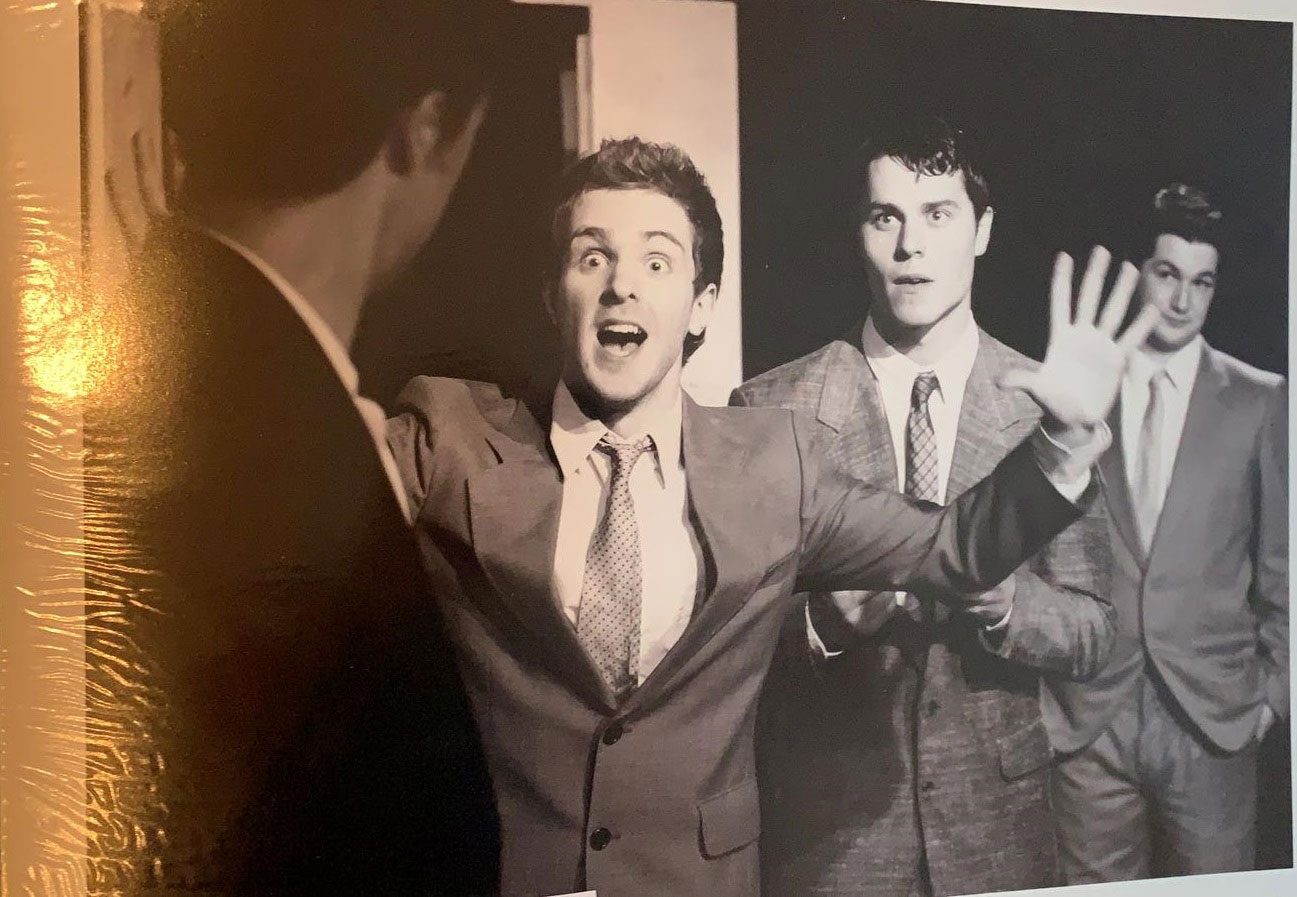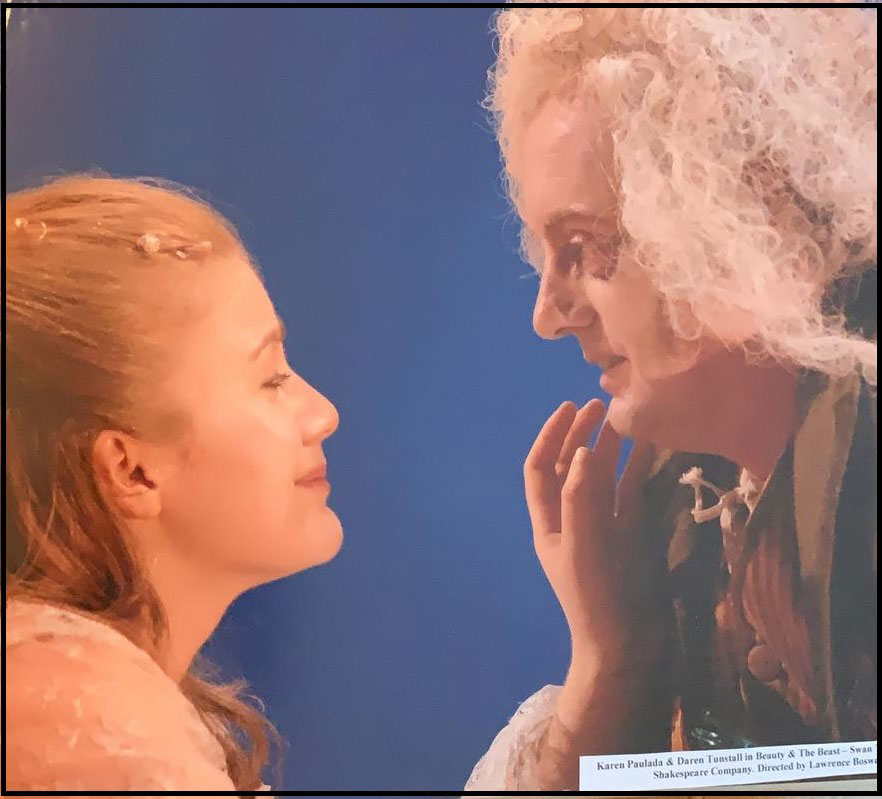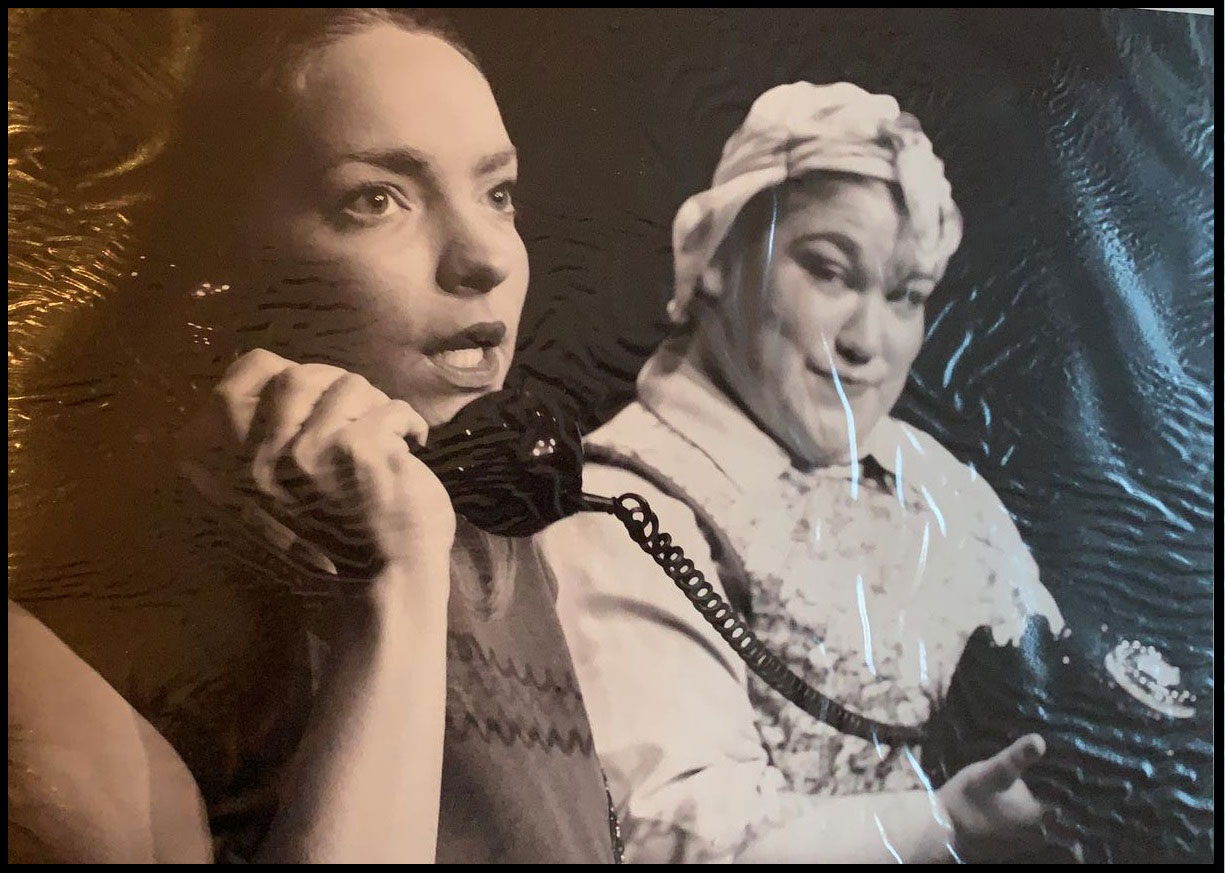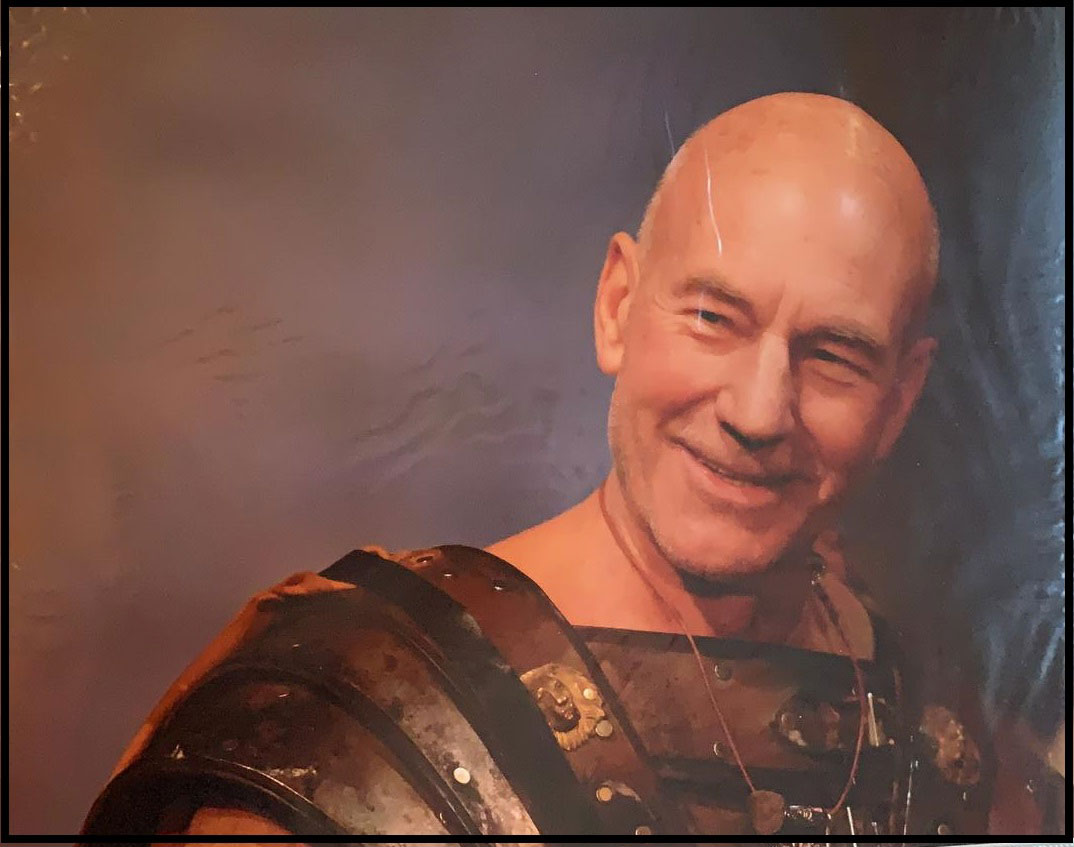

Having been a professional theatre photographer for the best part of 20 years, I wanted to talk about how best to approach photographing the theatre and the performing arts and to try to pass on some of the skills Iíve learned along the way.
So this blog post is designed to educate, inspire and inform and Iím going to talk about how I approach every different type of job.
As a theatre photographer, youíre usually dealing with press officers or publicity companies. These are the people who book you, and who need to get the front of house stills.
The front of house is the front of the theatre where the images will be displayed. The images would also be part of a brochure or flyer, or a poster ~ and all these aspects are handled by the publicity office for the production or theyíll use an outside company.
When it comes to the shoot itself, it helps to know as much as you can about the production itself. Be it a play, a musical, an opera, a live band even - its all part of the performing arts genre and Iíve done them all, including the Circus.
So, youíll be asked to attend and photograph a final dress rehearsal. This is the very last time that the theatre group of actors and lighting technicians and stage hands will come together in full costume to perform the production one last time before the live premiere.

It is the final time youíll ever see the entire production from start to finish, before anyone else will ever see it, and so itís a very special event. If you get it wrong, and miss the essential parts, you wonít get a second chance.
So Iím going to tell you how I would approach this, and how I would photograph it, tell you about some techniques and what sort of kit Iíd take with me.
If you are new to theatre photography, then hopefully there is some useful information here for you.
Find out what will happen in the production. Find out who the director is, who the actors are, and find out as much as you can about the play and the story.
Iím not suggesting you sit and read the script, but it does help to have a firm idea of the type of production it is. Dark drama, comedy, musicals - they all have their different styles. I always found the ballet was the ideal photographers dream of a production because the dancers hold their positions together in perfect timing, forming absolutely perfect photo opportunities - the ballet is such a visual and musical treat. If you like that sort of thing.
So personally, I like to be fully aware of everything I can be - I like to at least know the directors name and some of their work, so I can at least start a conversation and get on a level with them.
Sometimes, if youíve been booked by the publicity or management company, thereíll be the sales manager there of the director of operations. The important but sometimes annoying person who doesnít really get either photographers role or the directors role and is usually not interested in how the light looks or what the composition is. They just want the shots to look good.
So I would always arrive well before the dress rehearsal is scheduled to start.
Talking to the actors is not always doable - as theyíre warming up and getting changed and preparing for a very important moment.
Jumping in to chat about who does what will simply piss them off, and distract them. So I would just make sure that my equipment is ready, my lenses are in the right positions, and I have the space to move up and down the seats.
If youíre fumbling around in the dark trying to find lenses and making a hash of the shots because you canít see what youíre doing, itís too bad. The final dress rehearsal will stop for nobody.
Just be sure that you can operate in the dark. Be sure that the back of your camera doesnít light up, or that your flash wonít pop-up, or some other kind of silly issue. Always shoot in manual - and be sure to understand your cameras settings.
(If you donít know about your cameras manual settings by now, you shouldnít be in the theatre taking photos, because if your cameras flash pops up automatically, or the flash and light comes on, or the back of the camera lights up mid-way through a production, you wonít be called back again..)

If youíre an intuitive person, and if youíre able to take a feel for the story as itís unfolding, great, but having some idea of the storyline will certainly help. You need to be prepared for when the pivotal moments in the important scenes happen.
If youíre in a well organised theatre, the lighting technicians will be sequencing through some of the lighting set ups, the stage managers will have well choreographed scenes that they will perhaps be working on prior to the final dress, and itís sometimes good to get a sneak look at some of the scenes.
The tech rehearsal will have been done by the time the final dress is booked.
The actors will usually be listening to the director, the director will be somewhere in the theatre, usually sat occupying several seats in the middle of the stalls, in the best view position.
Heís not that interested in the photographer, heís interested in where the actors are, how the lighting is, how the final dress looks. This day is usually one of the most critical days in a theatre production, as if anything is wrong, itís panic stations.
Trying to chat with anyone during a final dress is just going to piss them off. As the photographer, youíre there to be invisible and get the shots. Not to chat and be the centre of attention. There are enough actors who want to take that position.
Once the director is ready to start the final dress, you had better be ready, cos itís lights down, and boom, the whole thing ignites into action.
Suddenly you can find yourself in complete darkness, sometimes itís the opposite. Most of the time youíre thinking Ďshit, whereís my other lens, and shit, where is my other camera, whereís my monopod, whereís the speed button on my camera - and usually, it can be one huge fumble from that point forth.
You have to think on your feet!

Framing and composition is essential when youíre shooting in the theatre.
I always like to look at it as an entirely separate thing to the production thatís unfolding.
In some ways, itís better to ignore the story, as youíll never be able to convey they story in photos.
Itís always better to sometimes switch into a different mental mode, and just look for the composition and the art of the thing thatís happening in front of you.
Forget the story, because one plays critical moment might look dreadful in a photo, and if youíre hanging onto the storyline, that means youíre not concentrating on how youíre shots WILL look.
Think about the composition, will it look good if you print this photo?
Think about the expression - try to get BOTH people into the shot, and if there is an emotional scene, definitely get the right angle to give perspective of the drama. The props, the emotion, the facial expression, these are all gold.
Be sure to have a wide lens as well as a long lens. Have them on different cameras if you can.
Have fast lenses and have your ISO not too low, as your images will come out grainy, and you want to keep some sharpness and clarity where you can.
Make sure your white balance is set correctly, otherwise your white scenes will come out yellow. Tungsten light can be bright, but it can really mess with camera settings if you havenít set your camera up on manual and havenít checked the white balance.
Anyway, thereís more to it, so tune in next time folks for another masterclass in theatre photography.